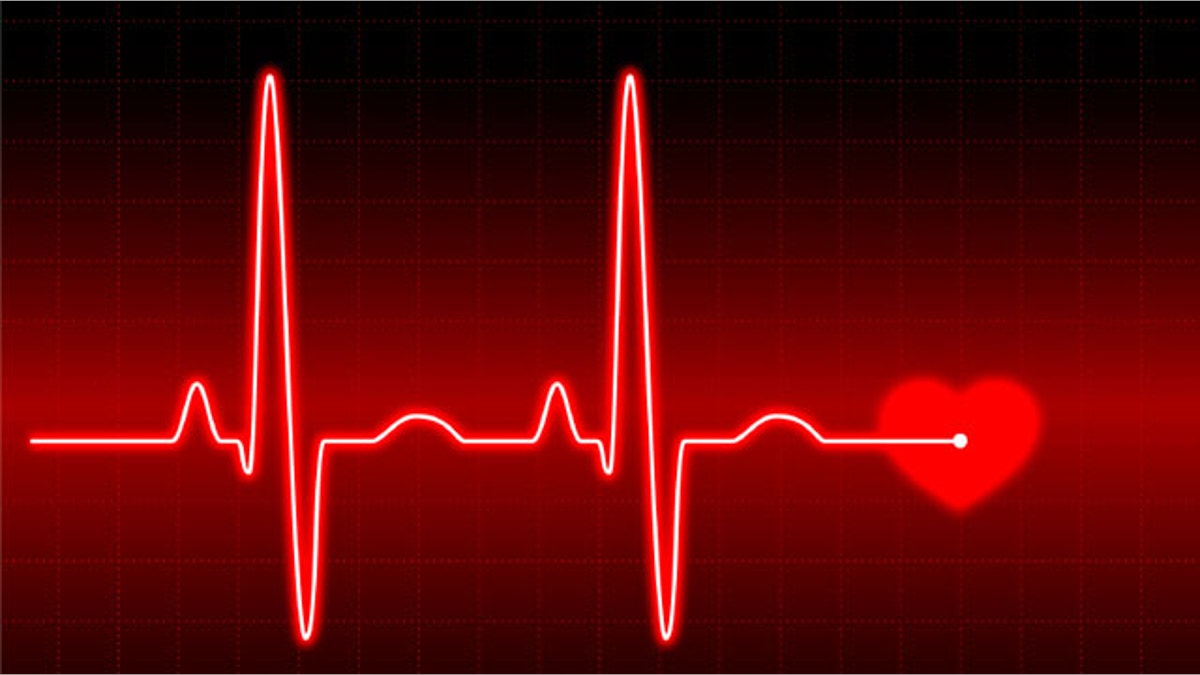
TVs could soon provide much more than entertainment. Researchers at MIT's Computer Science and Artificial Intelligence Laboratory have developed a new way to measure the heart rates of people just by using ordinary video footage to track facial movements.
Current video game technology already forecasts the technique. In an upgrade coming this fall, Microsoft Kinect's biometric sensors will be able to see gamers start to sweat and sense fluctuations in their heart rates. It's not much of a leap to see how such devices could be used for more than just raising the thrill level of a racing game for a bored player.
And Microsoft is not the only company incorporating biometrics into TV-connected devices. Cable boxes may soon have similar capabilities. [See also: Verizon Denies Plan to Spy on Customers ]
MIT has shown that tiny head movements are tied to the rush of blood caused by the heart's contractions as it pumps blood throughout the body, and these movements can be detected from standard video. In tests, analysis of video was nearly as accurate as taking readings from electrocardiograms.
Further, the videos could be used to provide estimates of the time intervals between heartbeats — a measurement that can be used to identify patients at risk for cardiac events, the researchers said. The findings will be discussed at this summer's Institute of Electrical and Electronics Engineers' Computer Vision and Pattern Recognition conference.
How it works
MIT's algorithm combines several techniques common in the field of computer vision. First, it uses standard face recognition to find the person's head and then chooses 500 to 1,000 points around the nose and mouth to track from frame to frame in a video.
"I avoided the eyes, because there's blinking, which you don't want to measure," Guha Balakrishnan, a graduate student in MIT's Department of Electrical Engineering and Computer Science and the lead researcher on the project, said in a statement.
He then eliminated any movements that fall out of the range of a heartbeat — slower movements caused by breathing and shifting position. In this way, he could isolate the remaining movements to determine pulse rate.
Balakrishnan found he could also measure pulse rate without using facial recognition. In fact, he was able to get similar results just by tracking tiny movements from the back of a person's head.
For now, Balakrishnan said the technique should be considered as a proof of concept. In other words, it's not quite ready for installation into every camera-equipped gaming system, cable box or smart TV. However, eventually, the potential health benefits could give people a reason to be thankful for a TV experience that watches them back.
Copyright 2013 TechNewsDaily, a TechMediaNetwork company. All rights reserved. This material may not be published, broadcast, rewritten or redistributed.
